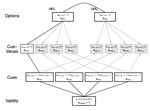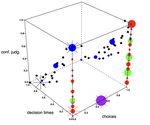Overview
I am a psychologist at University of Cologne. I am interested in how people search and integrate probabilistic information and how they learn to do both better. I use artificial neural networks, evidence accumulation models, prospect theory, and other formal models to describe and predict choices, decision times, eye fixations, and other measures.
I give classes on social and cognitive psychology and statistical methods such as cognitive modeling. I am also interested in how to teach practices of Open Science to students.
- Information Distortion
- Coherence-based Reasoning
- Parallel-constraint Satisfaction
- Adaptive Toolbox
- Rationality
- Methods
-
Dr. phil., 2012
Rheinische Friedrich-Wilhelms-Universität Bonn, Germany
-
Dipl.-Psych., 2006
Ruprecht-Karls Universität Heidelberg, Germany
Experience
Responsibilities include:
- Principal Investigator (starting February 2022) of the DFG Project “Replicating Failed Replications: A Validity-based Framework for Predicting Replication Success” in the Priority Program META-REP: A Meta-scientific Program to Analyse and Optimise Replicability in the Behavioral, Social, and Cognitive Sciences (SPP 2317)
- Principal Investigator (since February 2021) of the DFG Project Coherence-Based Reasoning: Modelling Integration and Search of Sequentially Presented Information
- Teaching Social Psychology, Cognitive Psychology, and Measurement Theory for Teachers
Responsibilities included:
- Overseeing about 100 Bachelor Theses per year
- Teaching Cognitive Psychology and Open Science Methods
Responsibilities included:
- Working in the DFG Project on Coherence-Based Reasoning: Modelling Attention and Information Search
- Teaching Cognitive Psychology and Open Science Methods
Responsibilities included:
- Working in the DFG Project on Coherence-Based Reasoning: Modelling Attention and Information Search
- Working in the DFG Project on Coherence-Based Reasoning and Rationality: A Neural Network Modelling Approach to Decision Making
- Teaching Probabilistic and Classical Test Theory
Responsibilities included:
- Working in the DFG Project on Coherence-Based Reasoning and Rationality: A Neural Network Modelling Approach to Decision Making
Responsibilities included:
- Working on Dissertational Studies
- Teaching Cognitive Psychology, Statistics, and Experimental Methods
Most Recent Publications
Resources
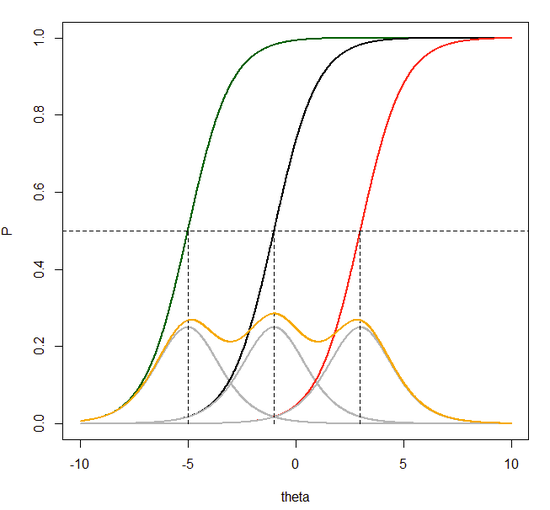
Folien Item Response Theory / Rasch Modellierung
Folien unter https://marc-jekel.de/teaching/goettingen/slidesSession1.html.
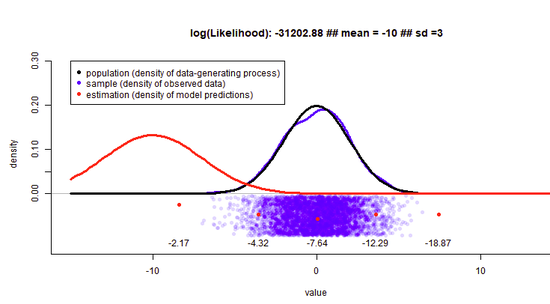
Slides Cognitive Modelling
Slides at https://marc-jekel.de/teaching/dresden/egproc_workshop.html.

Slides Panel Data Analysis / Complex (Multilevel) Regression Models
Slides at https://marc-jekel.de/teaching/amsterdam/multilevelReg.html#1.
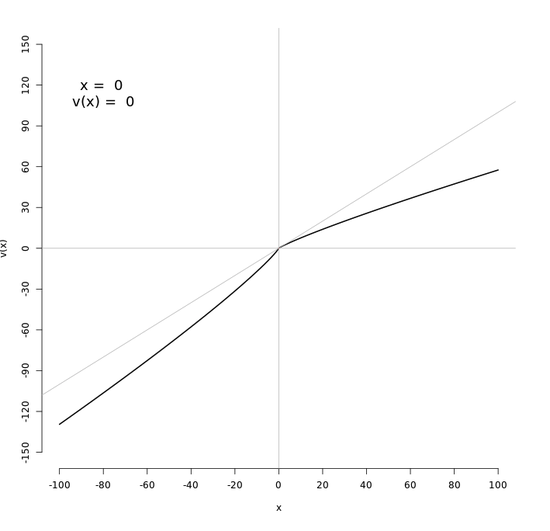
Cumulative Prospect Theory
Model functions; app at http://apps.marc-jekel.de/CPTm.
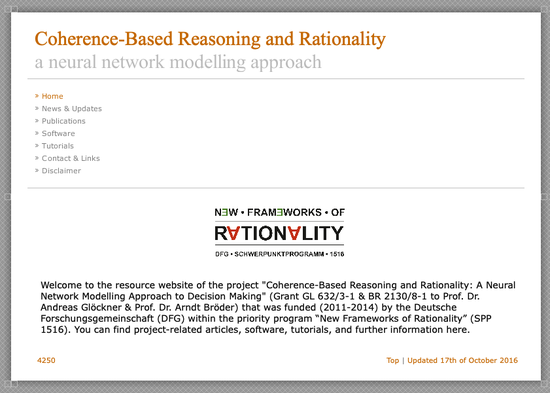
DFG funded project about coherence based reasoning and rationality
Website at http://www.coherence-based-reasoning-and-rationality.de.
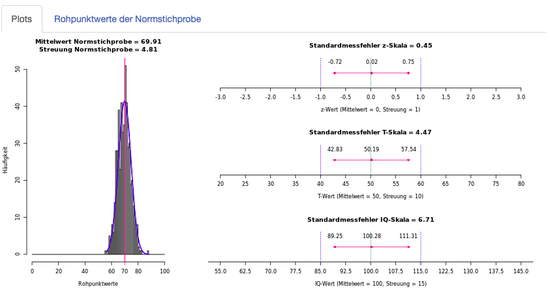
Interpretation von Testergebnissen
z-Skala, T-Skala, IQ-Skala, Reliabilität, Messfehler, Konfidenzintervall; app at http://apps.marc-jekel.de/messen.
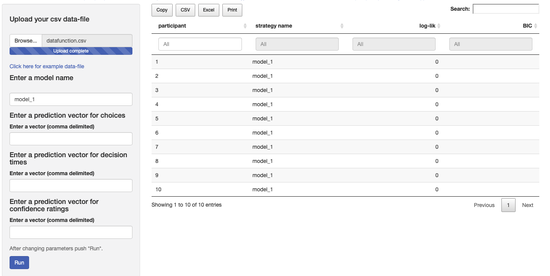
Multiple-Measure Maximum Likelihood Strategy Classification
App at htttp://apps.marc-jekel.de/MMML.
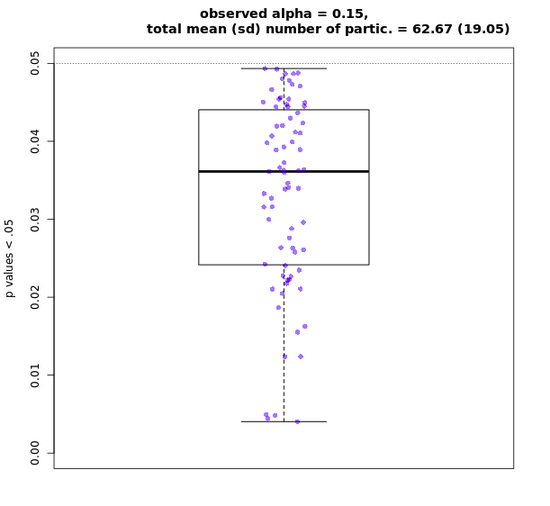
Optional Stopping and Alpha-Error
Effect of optional stopping on alpha-error; app at http://apps.marc-jekel.de/shinyOptionalStopping.
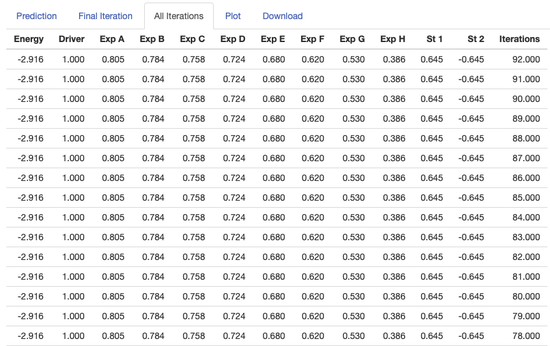
Parallel-Constraint Satisfaction Network Model of Decision Making
Simulation of the PCS-Network Model of Decision Making; app at http://apps.marc-jekel.de/PCSnew.
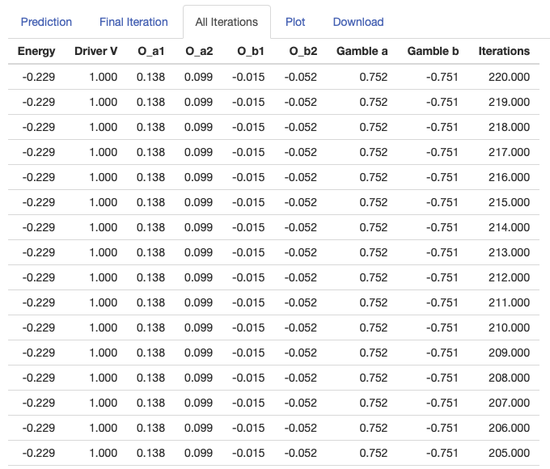
Parallel-Constraint Satisfaction Network Model of Risky Choice
Simulation of the PCS-Network Model of Risky Choice; app at http://apps.marc-jekel.de/PCSRiskyChoiceGui.
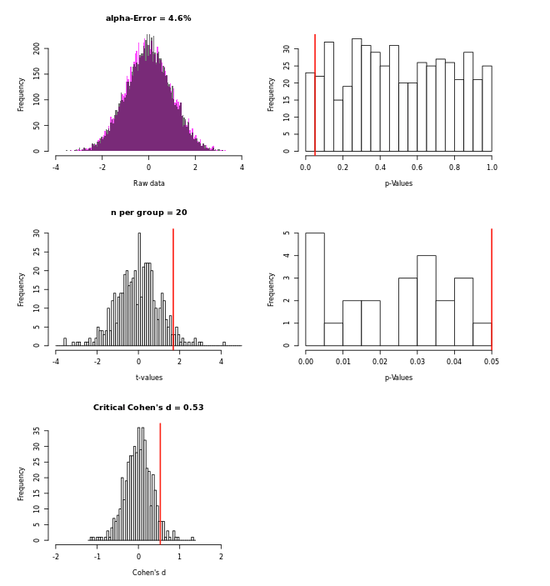
Power, p-value Distribution, Effect Size Distribution
Relation between effects size, p-value-distribution, n, alpha-error, and power; app at http://apps.marc-jekel.de/power.
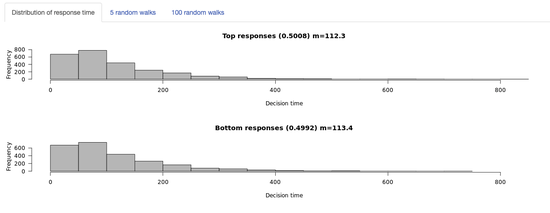
Random-walk model
Simple random-walk model; app at http://apps.marc-jekel.de/random_walk.
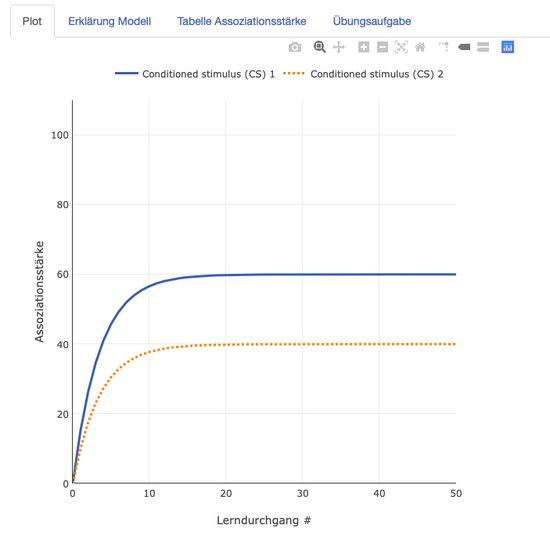
Rescorla-Wagner Modell zum Lernen von Assoziationen
Rescorla-Wagner Modellfuktionen; app at http://apps.marc-jekel.de/rescorla_wagner.
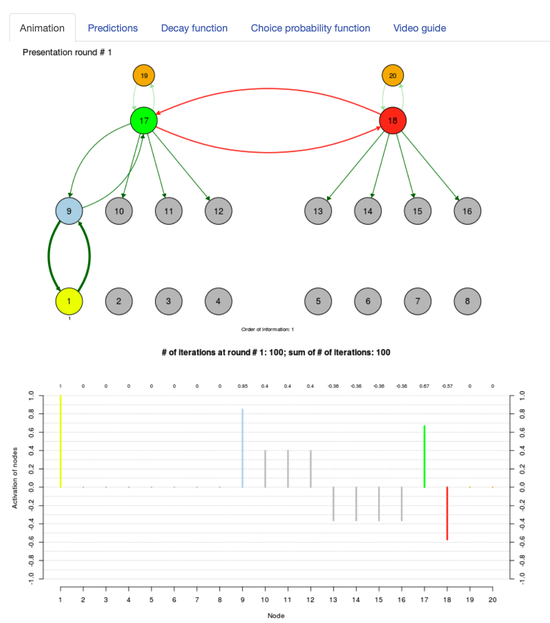
Sequential-iCodes
Model simulation; app at https://coherence.shinyapps.io/Antrag_integration.
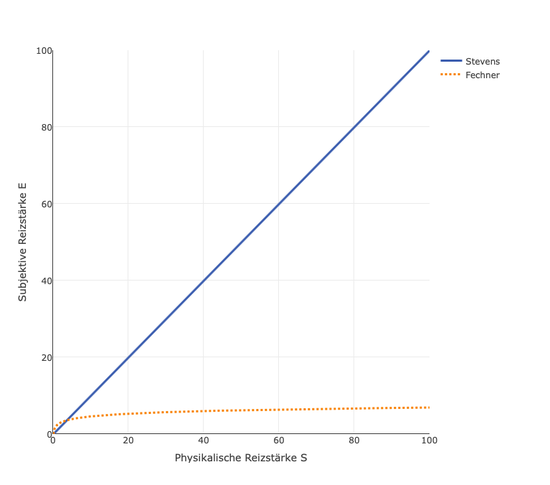
Weber-Fechner und Stevens Modell
Funktionen Psychophysik Weber-Fechner und Stevens; app at http://apps.marc-jekel.de/psychophysik.
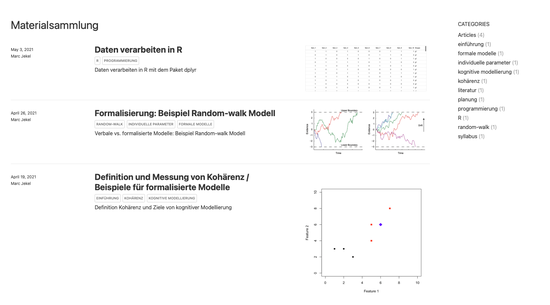
Webseite zum experimentellen Praktikum im Master Psychologie SoSe 21
Website at http://projektseminar.marc-jekel.de.
Contact
- marc.jekel@mail.de
- 0049-221-470-3440
- Richard-Strauss-Str. 2, Köln, NRW 50931
- Enter Building the stairs to Office 2.A03 on Floor 2
- Email me for an appointment

